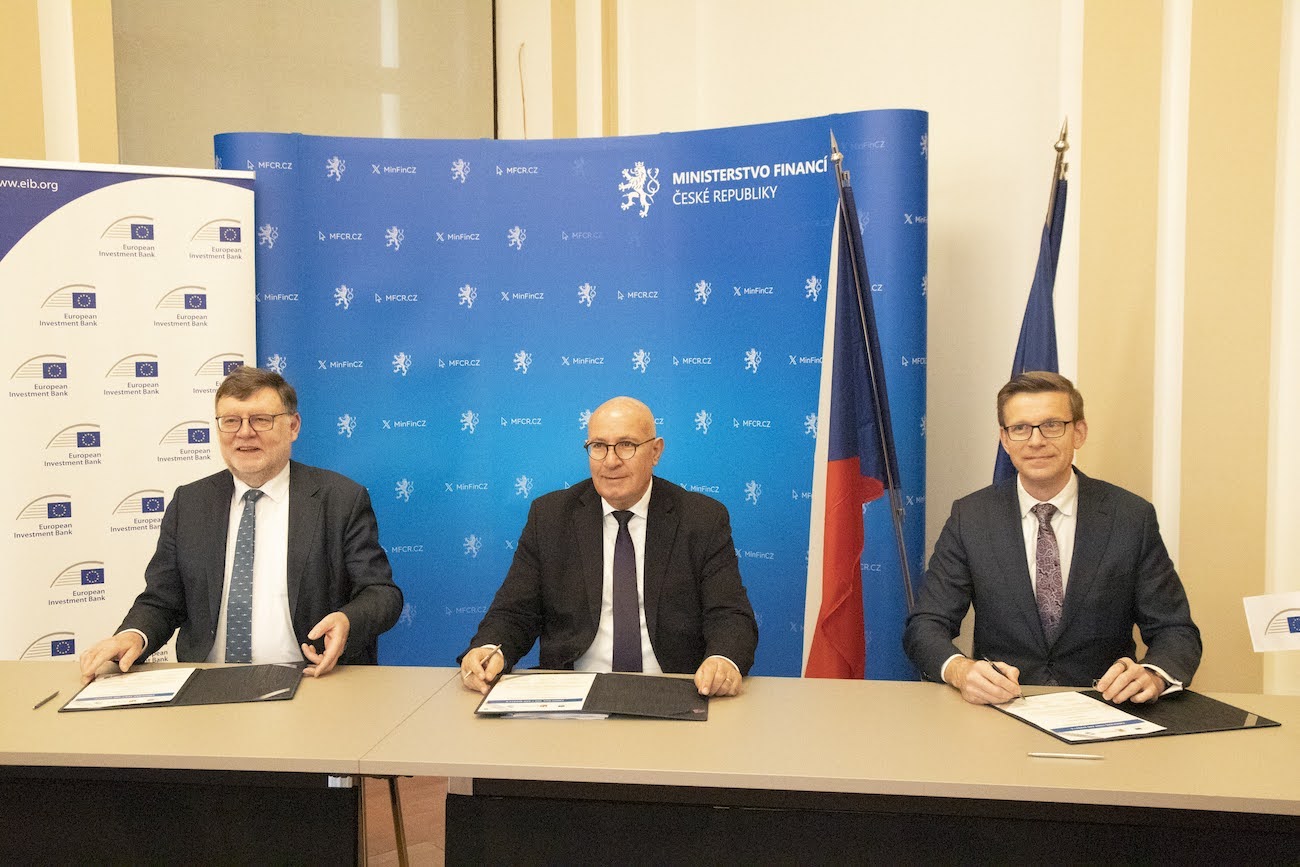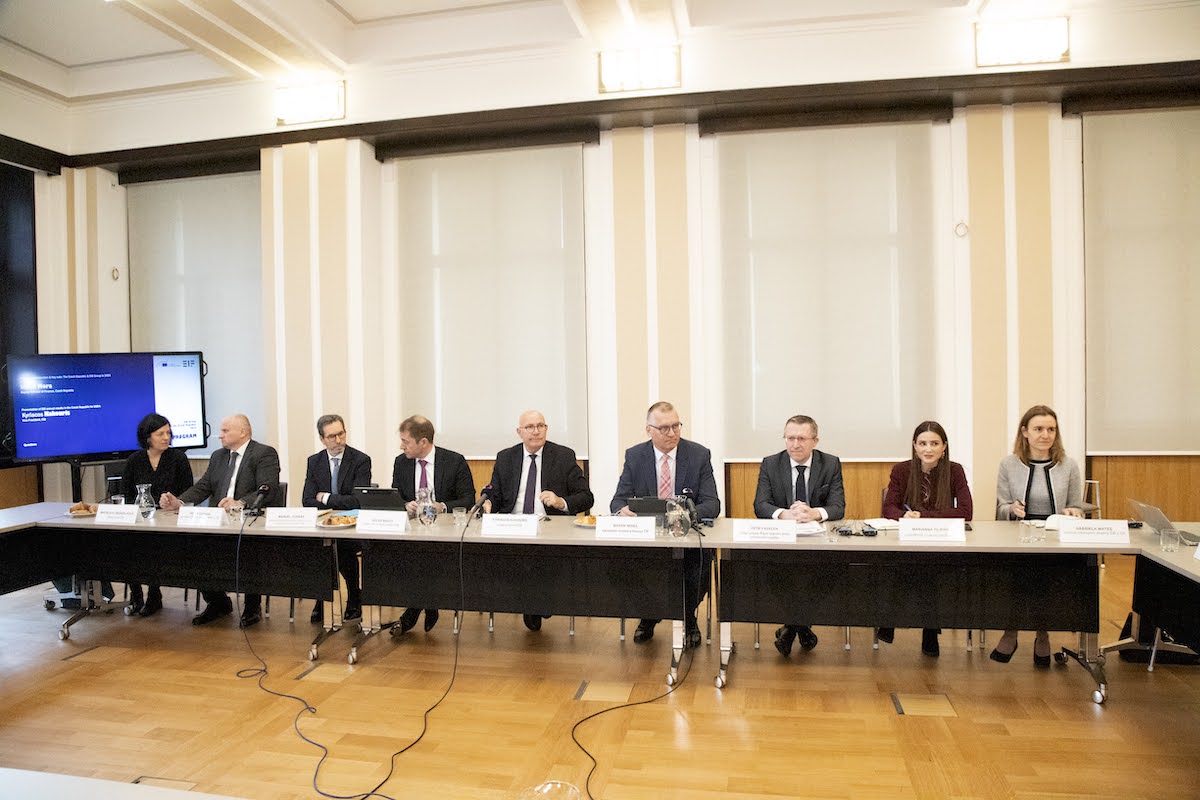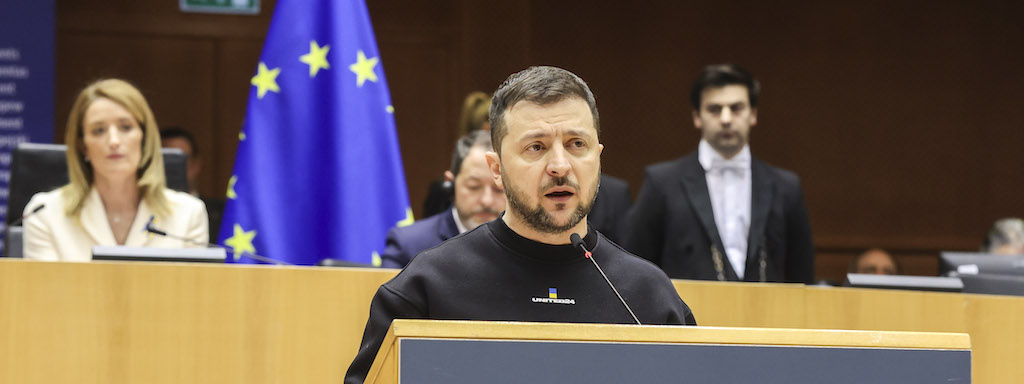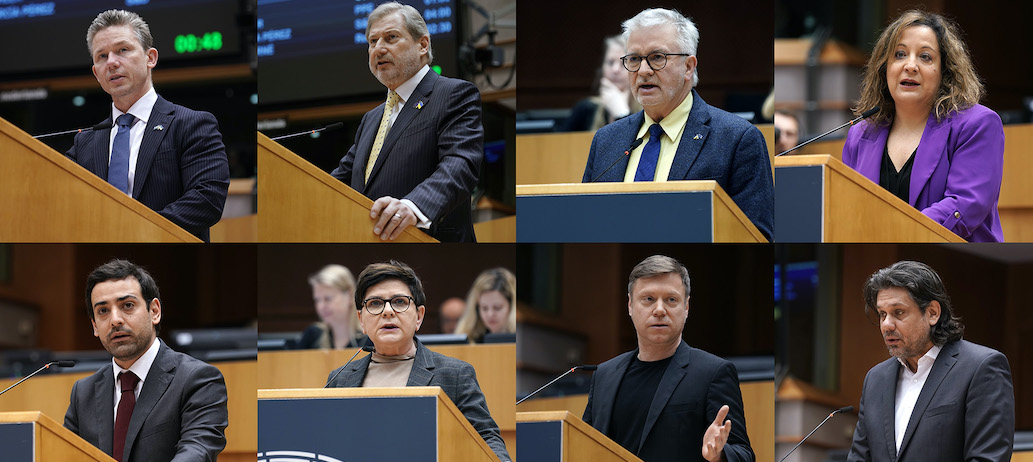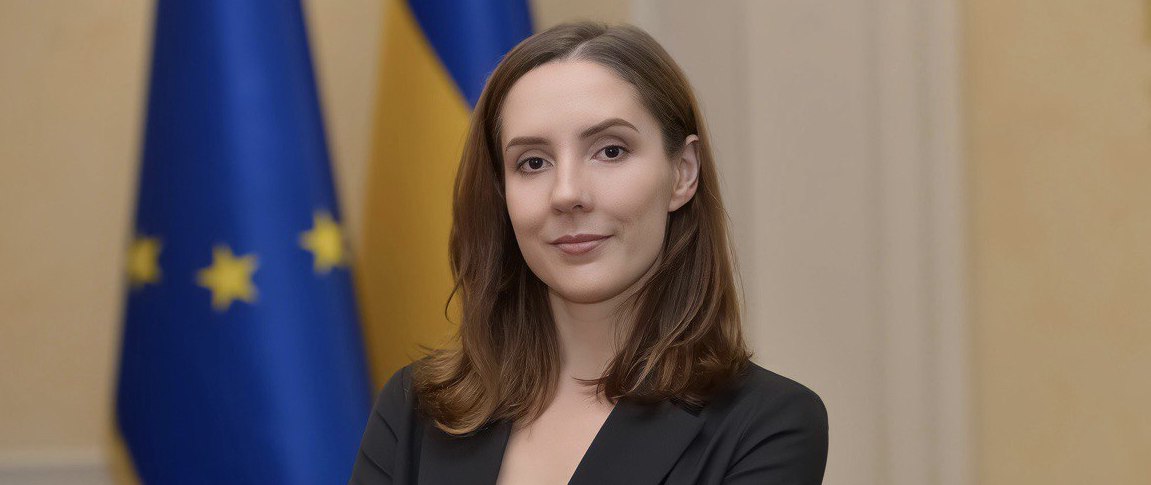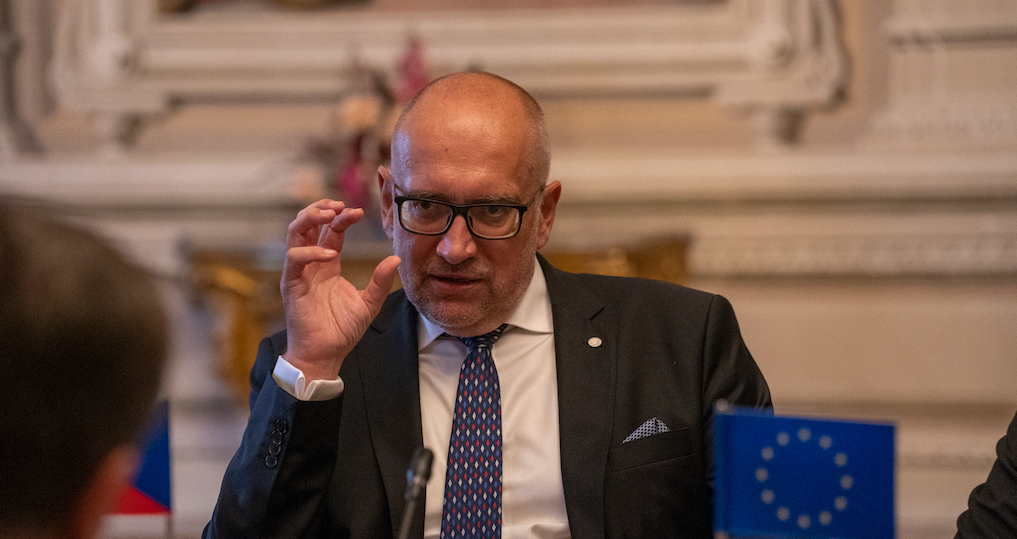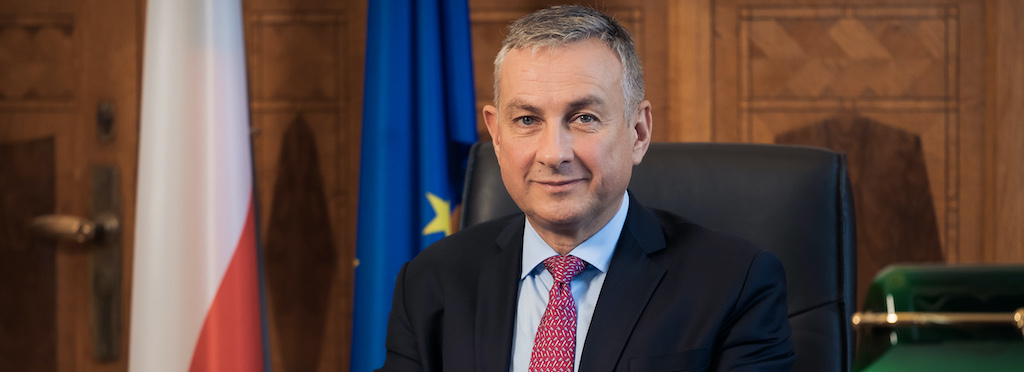
Could you introduce us the EURIC, its tasks and responsibilities
The European Confederation of Recycling Industries (EuRIC) is the trade association for recycling industries at the European level. Our Members consist of the National Recycling Federations present in the majority of the Member States of the European Union (EU) and the European Economic Area (EEA), as well as companies when there is no national union for certain sectors. EuRIC was created in 2014 at the initiative of pre-existing European Federations representing the recycling and trade of ferrous metals (EFR), non-ferrous metals (EUROMETREC) and hard-bound paper (ERPA), which decided to unite their strength to create a structure to increase the representation of recycling activities in the EU institutions. EuRIC is therefore a relatively young confederation having just celebrated its five years on the occasion of the European Recycling Conference which took place, for its third edition, in Paris, and which continues to grow. This growth is mainly due to two factors. Firstly, the urgent need for the recycling industry to structure its representation in order to influence the decisions taken at European level that directly impact its activities. Second, the growing interest of the European institutions in recycling for both its industrial dimension and its environmental benefits. If the European waste management policy is more than forty years old, with the publication of the first waste directive in 1975(1), the publication of the Circular Economy Package in December 2015(2) by the Juncker Commission has clearly changed the situation as far as the measures are concerned. The programmatic measures they announced did not only concern EU waste policy, but the entire life cycle of a product, from its conception to its valuation when it reaches the end of its life.
This evolution, if not revolution, has had a profound impact on the development and nature of EuRIC’s activities. Thus, while EuRIC’s primary mission is the representation of recycling benefits in the European institutions, this mission is multi-dimensional and requires multiple skills to be adequately fulfilled.
Firstly, it focuses on the political, regulatory and technical analysis of waste legislation that has been revised and continues to be revised in order to increase recycling targets, to harmonize certain elements such as calculation of these objectives or at least the mode of operation of Extended Producer Responsibility (REP) systems across Member States. This legislation is relatively complex to the extent that it sets not only the recycling targets but also the rules related to the classification of waste, the emission limits for recycling facilities falling within the scope of the Directive on industrial emissions(3) and their cross-border transfer, and by extension to international trade.
It then focuses on legislative, economic and/or voluntary instruments to better take into account the recyclability of products at the design stage and the incorporation of recycled materials into new products in order to create the necessary conditions for a real circular economy.
Finally, EuRIC organizes one to two conferences a year to promote recycling and foster information exchange between European decision-makers and recycling professionals.
The EuRIC Secretariat is composed of employees with legal and technical, particularly in terms of waste chemistry and economy skills, that are necessarily complementary, given the topics covered. Last but not least, the Board of Directors, like the Confederation, brings together directors from national federations and companies from all over Europe. The first president of EuRIC was French in the person of Dominique MAGUIN (FEDEREC), the second German, Michael SCHUY (BDSV) and the third Italian, Cinzia VEZZOSI (ASSOFERMET).
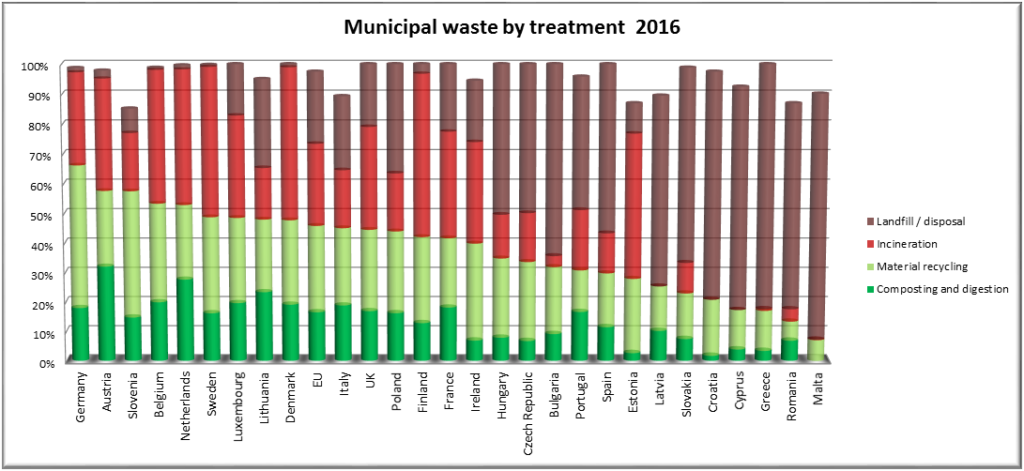
What are the major projects in progress on which you will position yourself? I am thinking in particular of ecodesign and the necessary support and consideration of recycled materials.
There are several of them. The first is clearly to better transpose existing legislation. Despite the directives on waste that have been constantly revised over the past 40 years, the performance of the Member States in this area is largely disparate.
Take, for example, EUROSTAT statistics on the rate of recovery of municipal waste. If some European countries such as Germany, Austria, Belgium, the Netherlands or the Scandinavian countries send practically no more household waste to landfills and have already reached or are about to reach a recycling rate of 50% based on the current method of calculation, others are still a fair way from doing so and send the majority of the waste collected to landfills. There are notable differences in many other areas that directly impact recyclers in Europe. For example, cross-border transfer procedures, in addition to being unsuitable for a circular economy, are not uniformly interpreted from one country to another, which poses substantial legal and administrative problems for recycling operators. France, by setting up the National Center for Transboundary Waste Transfers (PNTDD), which is a centralized competent authority in this field, is setting the example in contrast to Member States where various authorities, particularly regional authorities, retain competence. This poses problems of uniformity of interpretation within the same state.
The biggest project to accelerate the transition to a circular economy is the creation of a genuine internal recycling market open to the world. While the Circular Economy Package conceptually allowed for a paradigm shift, with waste being considered as a resource and not a waste, the road ahead is still long.
In concrete terms, the priorities are diverse, including:
• Firstly, the adaptation of the regulation on cross-border waste transfers to the circular economy objectives by simplifying and significantly harmonizing the administrative procedures applicable to both non-hazardous waste (Annex VII procedure) and hazardous waste (notification procedures). The aim is to reduce differences in interpretations between Member States, to speed up the flow of materials for and from recycling between industrial facilities equipped to process or use them, and to allow the relevant authorities to release more resources to fight against illegal transfers.
• Secondly, it is important to put in place a legislative framework that provides more legal certainty for recycling professionals. One of the priorities must be to establish at national and European level waste status exit criteria for flows such as paper or tires. Given that the European legislative framework is binary in this area – a substance is either a waste or a product – it is fundamental that the quality treatment of waste recovered from recycled materials, meeting industrial or standardized specifications, makes it possible to exit the waste status. Another priority is to improve the interface between the applicable legislation on chemical substances and that applicable to waste in order to adapt it to the constraints of circular value chains.
• Thirdly, it is equally important to correct market failures that do not internalize the environmental benefits of recycling in terms of saving energy and emissions. Thus, while waste recycling saves up to 90% of CO2, by comparison with sectors that use raw materials from natural resources, these environmental benefits are in no way reflected in the price signal, which depends solely on supply and demand in international markets. It is therefore urgent to put incentive mechanisms in place that value these environmental benefits and reward value chains using recycled materials. The study conducted by the French Environment and Energy Management Agency (ADEME) and the Professional Federation of Recycling Enterprises (FEDEREC)(4) provides a solid basis for progress at European level towards such mechanisms that are fundamental to bridge the transition to a circular economy and the fight against climate change. It was cited by the European Commission’s European Plastics Strategy, published in January 2018, to highlight the substantial savings in CO2 generated by plastic recycling.
• Fourthly, we need to make rapid progress on eco-design. The design phase determines 80% of the environmental impacts of a product(5). Given the increasing complexity of the products placed on the market and their abundance related to our consumer companies, it is impossible to succeed in turning towards a circular economy without integrating circularity requirements right from the product design stage. Several instruments exist, be they eco-design regulations for energy-related products, or standards under development to measure the recyclability and recycled content of these same products, or even essential requirements for packaging products under revision. It is fundamental to include in each of them the criteria and requirements that will improve the re-use, recyclability and recycled content of products falling within their scope of application when they reach the end of their life.
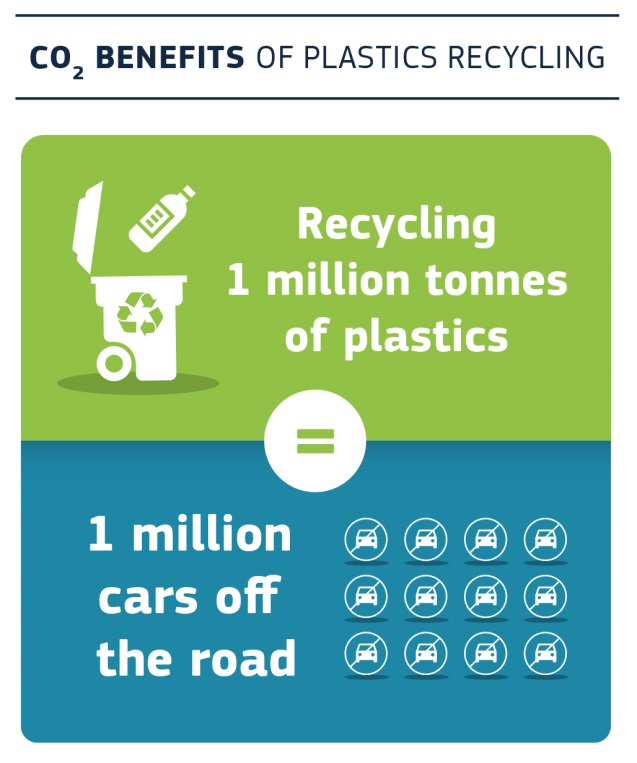
How can we encourage manufacturers to better eco-design products and use these recycled materials? And what are the main obstacles in this area?
That’s the key and it requires effort on both sides. Currently, it is the consumers’ desire in terms of price, design and features that dictate the design and production of products on the market. Their recycling when they reach the end of their life is almost never taken into account. It will be necessary to make this exception the rule and in order to make that happen it is necessary to activate different levers.
Firstly, we need to institutionalize the necessary exchange between producers and recyclers so that everyone can understand the constraints of each other and create the necessary bridges between design and recycling phases. This work is beginning to be carried out as part of the revision of eco-design regulations incorporating criteria to improve the recyclability of energy-related products, the standards covering the same product categories or more broadly European projects. It is important to multiply this type of institutionalized exchanges to produce criteria, rules or best practices enabling a better design of products.
Secondly, the carrot and stick approach has its full place in eco-design. EuRIC supported, under the Waste Framework Directive(6), the principle of eco-modulating financial contributions paid by producers to EPRs “particularly in view of durability, repairability, re-use and recyclability opportunities and the presence of hazardous substances”. Concretely, it allows to get out of a system of contributions solely based on the weight or the quantity of products put on the market to better take into account their
circularity. For example, an electronic product that is easier to dismantle, an important component in terms of both repairability and recyclability, that does not contain brominated flame retardants and that contains, for example, recycled plastics, should be concerned by a significantly lower contribution than a similar product that is not.
Thirdly, it is important to enable consumers to become players in a circular economy, hence the need to move forward on a clear, harmonized and verifiable labeling of “circular” products, either because they are made from recycled materials and/or that they are more easily recyclable.
As for the obstacles to the use of recycled materials, they are numerous but are all surmountable. The recycling industry did not wait for the circular economy to become a priority to turn waste into recycled materials substituting primary raw materials for various production processes. This being said, particularly for recycled materials exposed to competition from these primary materials, instruments stimulating the demand for recycled materials are required to give recyclers the necessary visibility for major and long-term investments.
Over the last forty years, European waste policy has focused solely on supply policy, setting and then increasing the collection and recycling objectives of the different flows without worrying about their demand. The adoption of the Single Use Plastics Directive(7) is in itself a Copernican revolution since for the first time it also includes recycled content objectives for plastic packaging by 2025 (25% recycled plastic for PET bottles) and 2030 (30% recycled plastic for all plastic packaging). These recycled content objectives are already having a beneficial effect on the demand for recycled PET and investments of the industries committed to achieve this goal by 2025. EuRIC has naturally worked for the inclusion of recycled content objectives in this directive. If such objectives are not duplicable for all materials, similar objectives should be provided in other European instruments under revision to stimulate demand for recycled materials.
Public authorities also have a major role when they systematically use the lever of public procurement. These represent no less than 14% of the EU’s annual GDP. The inclusion of reparability, recyclability and recycled content criteria in public procurement procedures would directly enhance the value of tendering companies offering more circular products.
Finally, the development of previously mentioned incentive mechanisms, aimed at internalizing in the price the environmental benefits of recycling, has an essential role to play. The introduction of certificates for the incorporation of recycled raw materials, modeled on energy savings certificates, or a reduced VAT on products incorporating recycled content is an essential link to reward value chains betting on the circular economy.
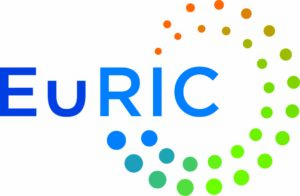 Emmanuel KATRAKIS
Emmanuel KATRAKIS
Secretary-General
European Confederation of Recycling Industries (EuRIC)
- Council Directive 75/442/EEC of 15 July 1975 on waste
- COMMUNICATION FROM THE COMMISSION TO THE EUROPEAN PARLIAMENT, THE COUNCIL, THE EUROPEAN ECONOMIC AND SOCIAL COMMITTEE AND THE COMMITTEE OF THE REGIONS – Closing the loop – A European Union action plan for the circular economy
- Directive 2010/75/EU of the European Parliament and of the Council of 24 November 2010 on industrial emissions (integrated pollution prevention and control).
- Environmental assessment of recycling in France according to the life cycle analysis methodology, April 2017, ADEME – FEDEREC.
- Ecodesign. Your Future. How Ecodesign can help the environment by making products smarter, brochure, European Commission and Ecodesign, website, European Commission
- Directive 2008/98/EC of the European Parliament and of the Council of 19 November 2008 on waste and repealing certain directives (Text with EEA relevance)
- Directive (EU) 2019/904 of the European Parliament and of the Council of 5 June 2019 on the reduction of the impact of certain plastic products on the environment.




